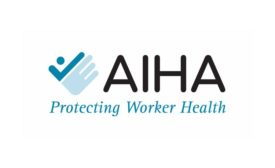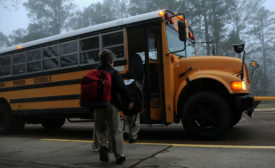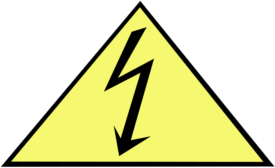News
AIHA releases its first-ever Biennial State of AIHA Research Report
The report provides readers with a deep dive into the trends that affected the IH/OH industry in 2018-2019
February 8, 2019
Never miss the latest news and trends driving the safety industry
eNewsletter | Website | eMagazine
JOIN TODAYCopyright ©2024. All Rights Reserved BNP Media.
Design, CMS, Hosting & Web Development :: ePublishing









